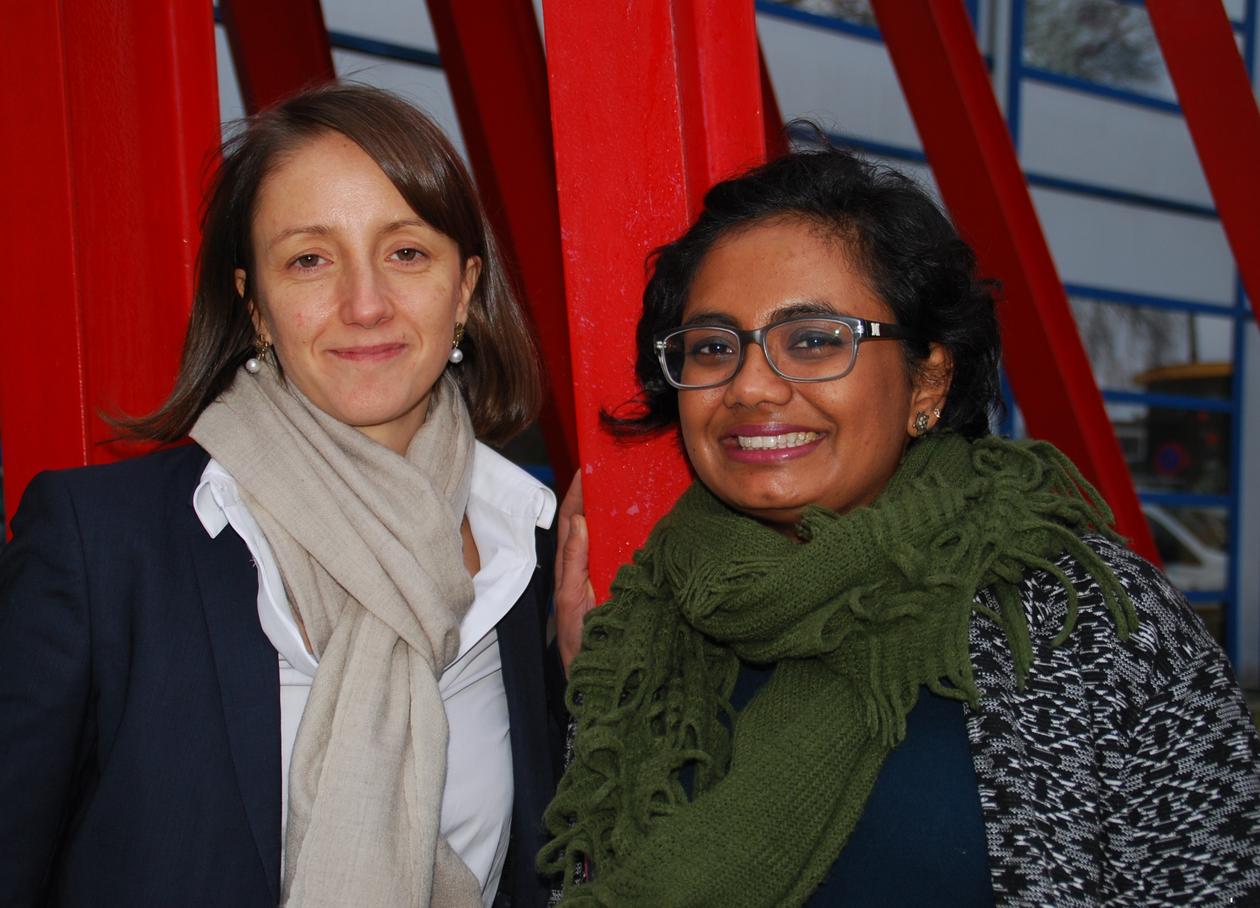Researchers remote control proteins
Researchers at UiB have contributed to the cracking of the code for altering the shape of proteins. The new knowledge can become useful in both biotechnology and medicine.
Hairclip protein mechamism video
Hovedinnhold
It may seem like strands of spaghetti in a slow motion dance. The video shows two proteins, magnified by a factor of a billion, which Nathalie Reuter and PhD candidate Sandhya Tiwari have modelled. The two researchers from the Department of Molecular Biology, UiB, have used computational models for predicting how proteins change shape and explain the mechanism by which these shape changes influence the function of these proteins. The shape of these proteins and their function have been characterized in the laboratory by their colleagues at the European Bioinformatics Institute, the Wellcome Trust Sanger Institute, and the MRC Laboratory of Molecular Biology, Cambridge, UK
They change all the time
- We assume that what we have shown in the proteins we have studied can also happen in other proteins, regardless from which organisms they come. “We believe our findings will help future research into manipulating proteins, which has potential applications across the life sciences”, says project leader Sarah Teichmann in the EBI press release.
Proteins are building blocks in cells of all living organisms. They move and change shape all the time, either by themselves or due to changes in their molecular environment.
Like a hair clip
The researchers liken the protein they have studied with a hair clip, since it has two “teeth” in one end, which meet when the protein changes shape.
- When we make a change in one of end of the protein, it will open up in the other end. This means that we can remote control the mechanism, as if we influenced the spring in the hair clip, says Reuter.
The shape of a protein determines its function, for example whether it is able to interact with another protein or with a drug. The new knowledge can become useful in biotechnology, for instance if we wish to develop more efficient and environmental friendly enzymes for use in washing powders. Reuter also thinks that this research can help develop new medicines in the future.
Nathalie Reuter’s research has been supported by a grant from Bergen Research Foundation.
The work has been published in scientific journal Science: Tina Perica, Yasushi Kondo, Sandhya P. Tiwari, Stephen H. McLaughlin, Katherine R. Kemplen, Xiuwei Zhang, Annette Steward, Nathalie Reuter, Jane Clarke and Sarah A. Teichmann: Evolution of oligomeric state through allosteric pathways that mimic ligand binding
